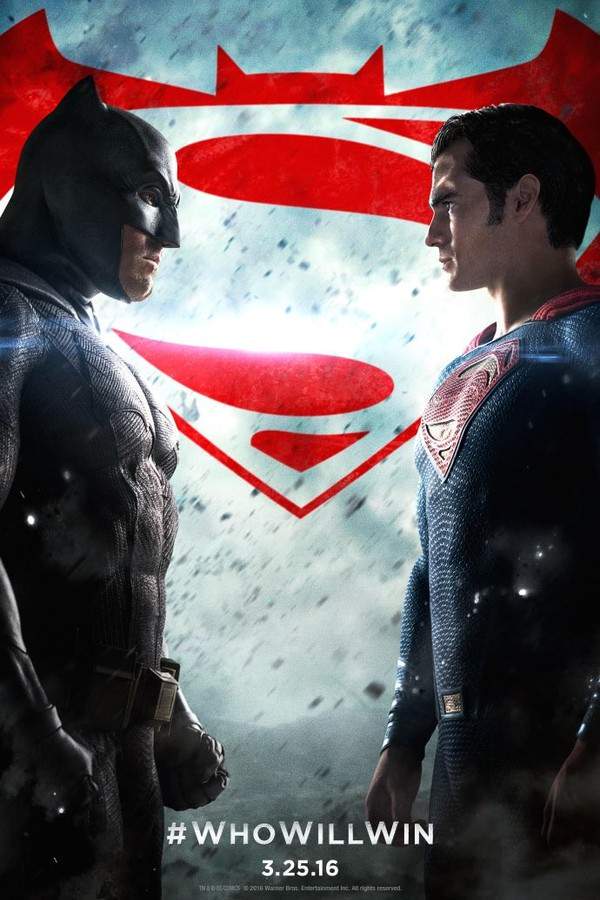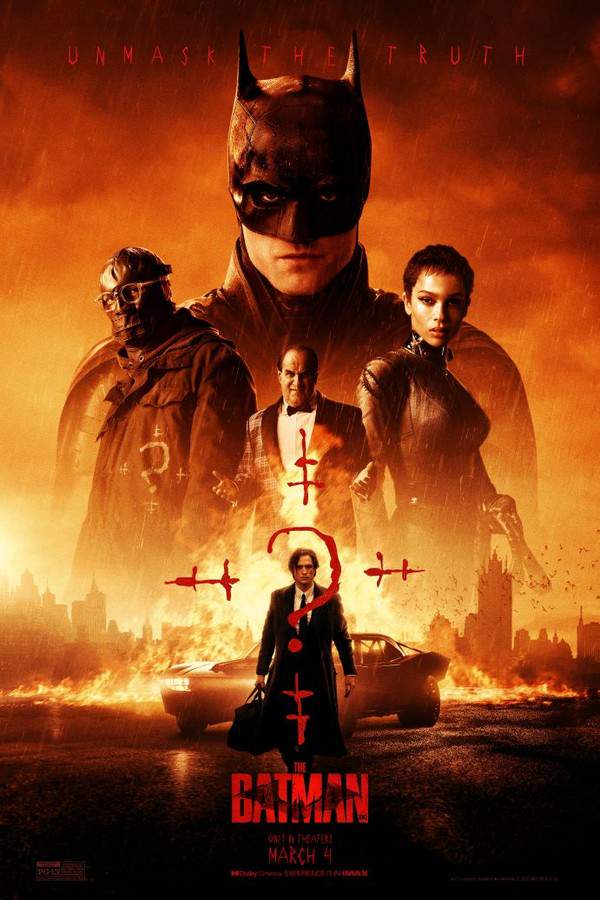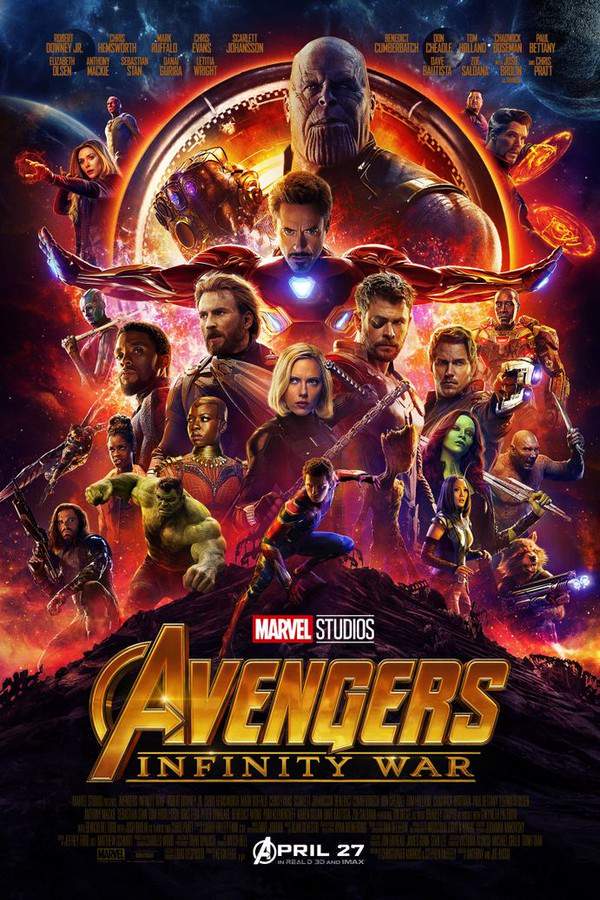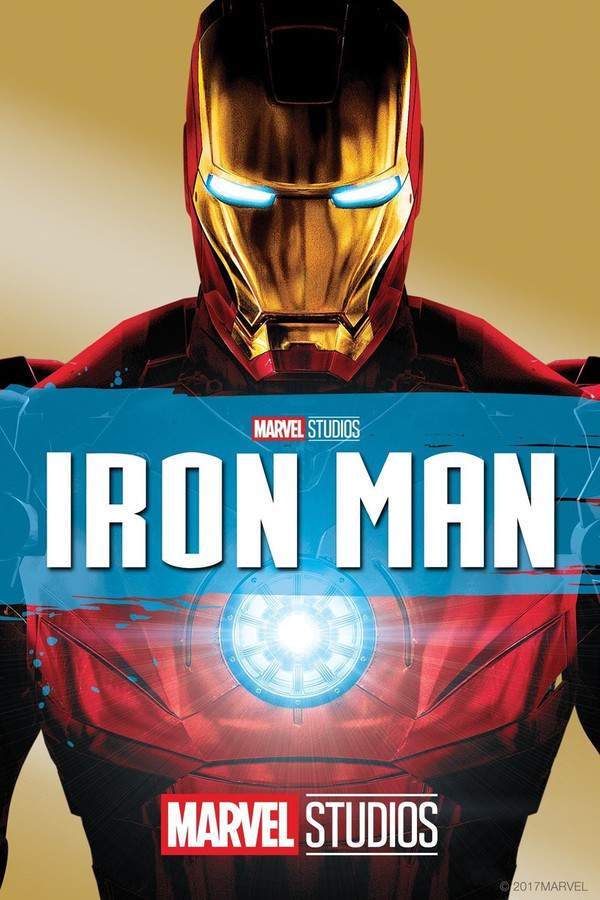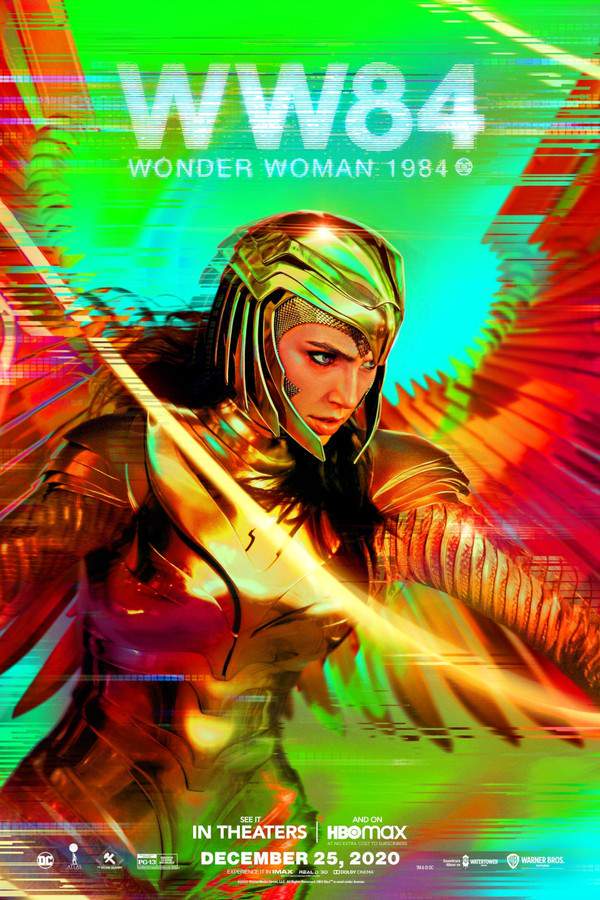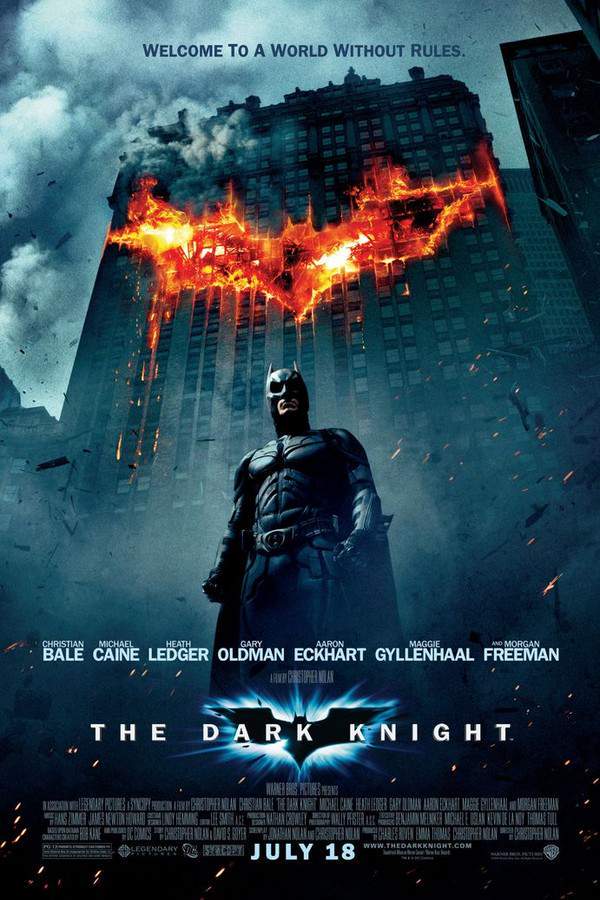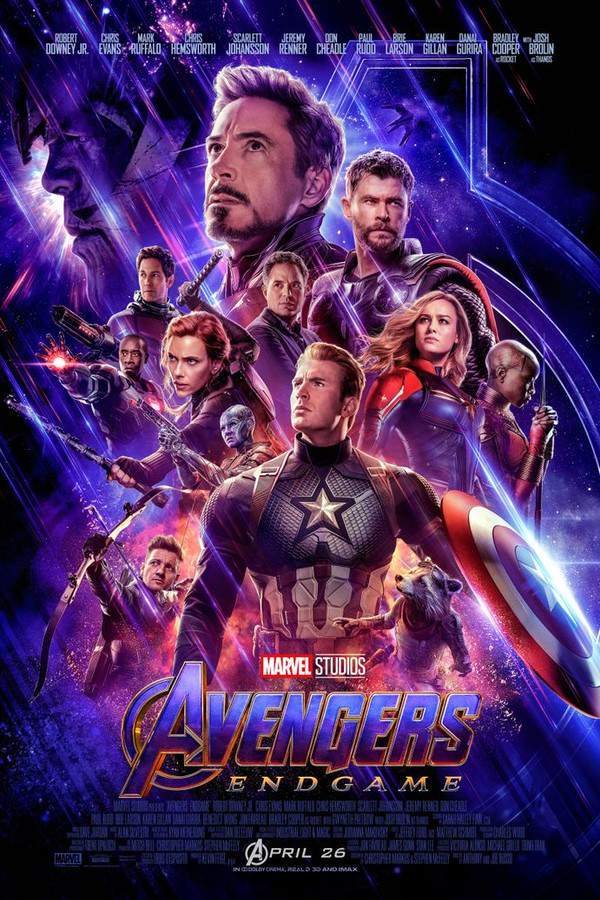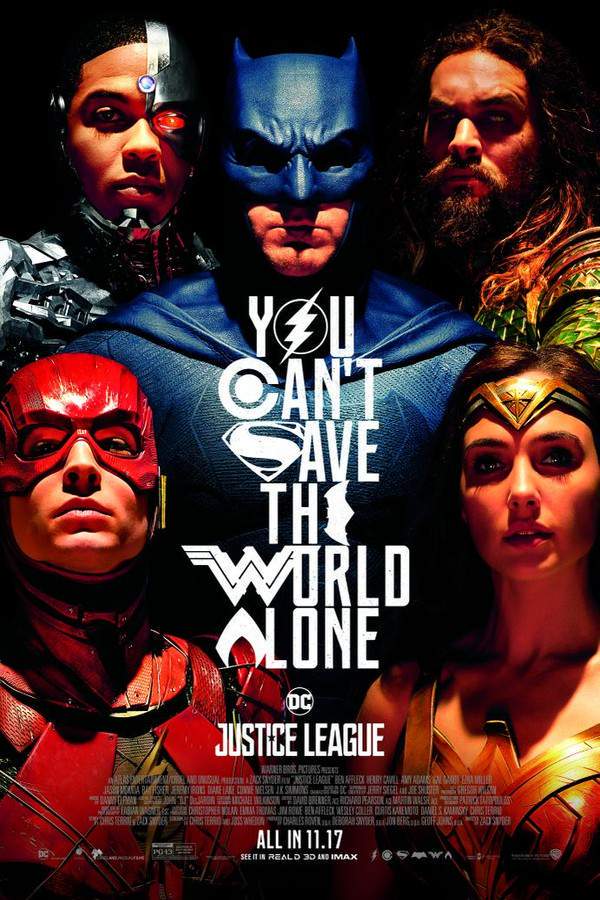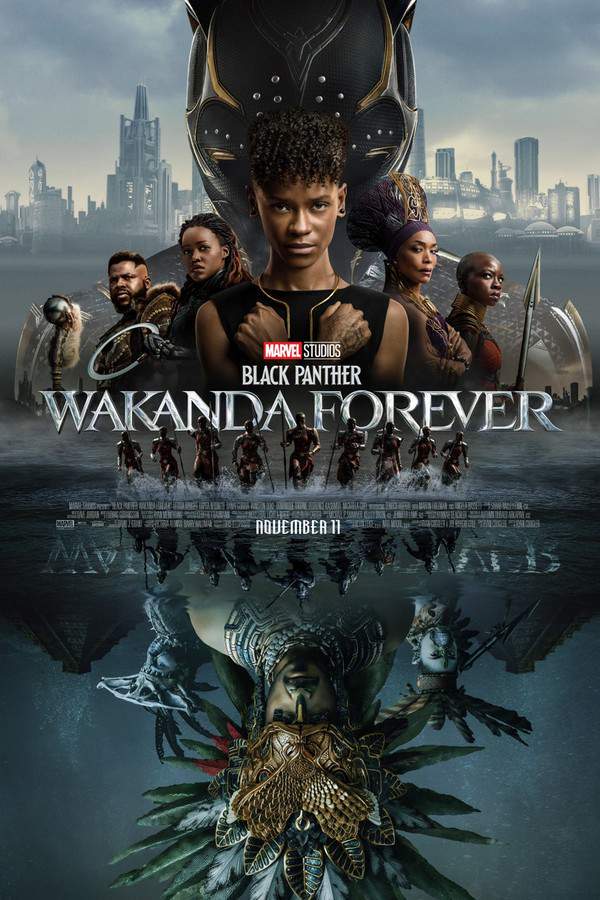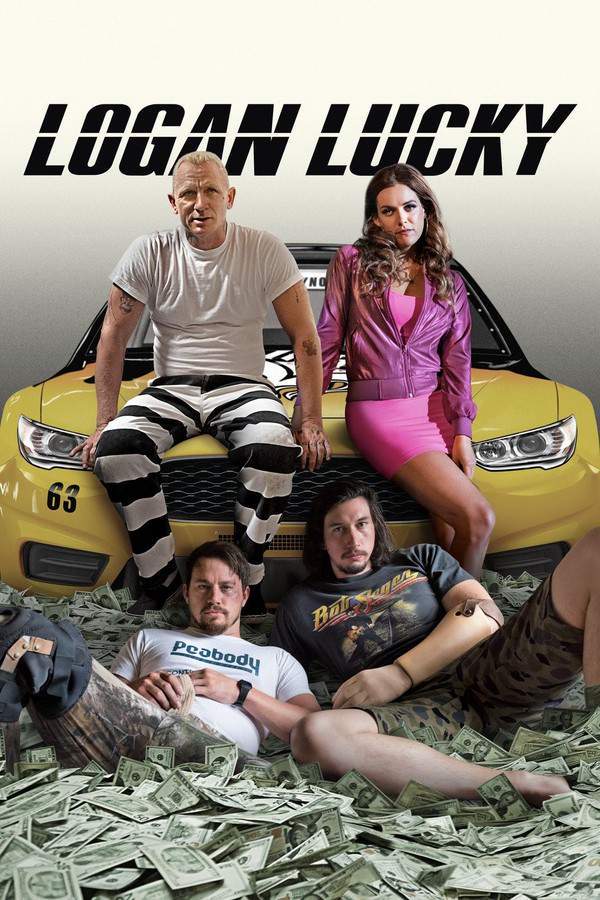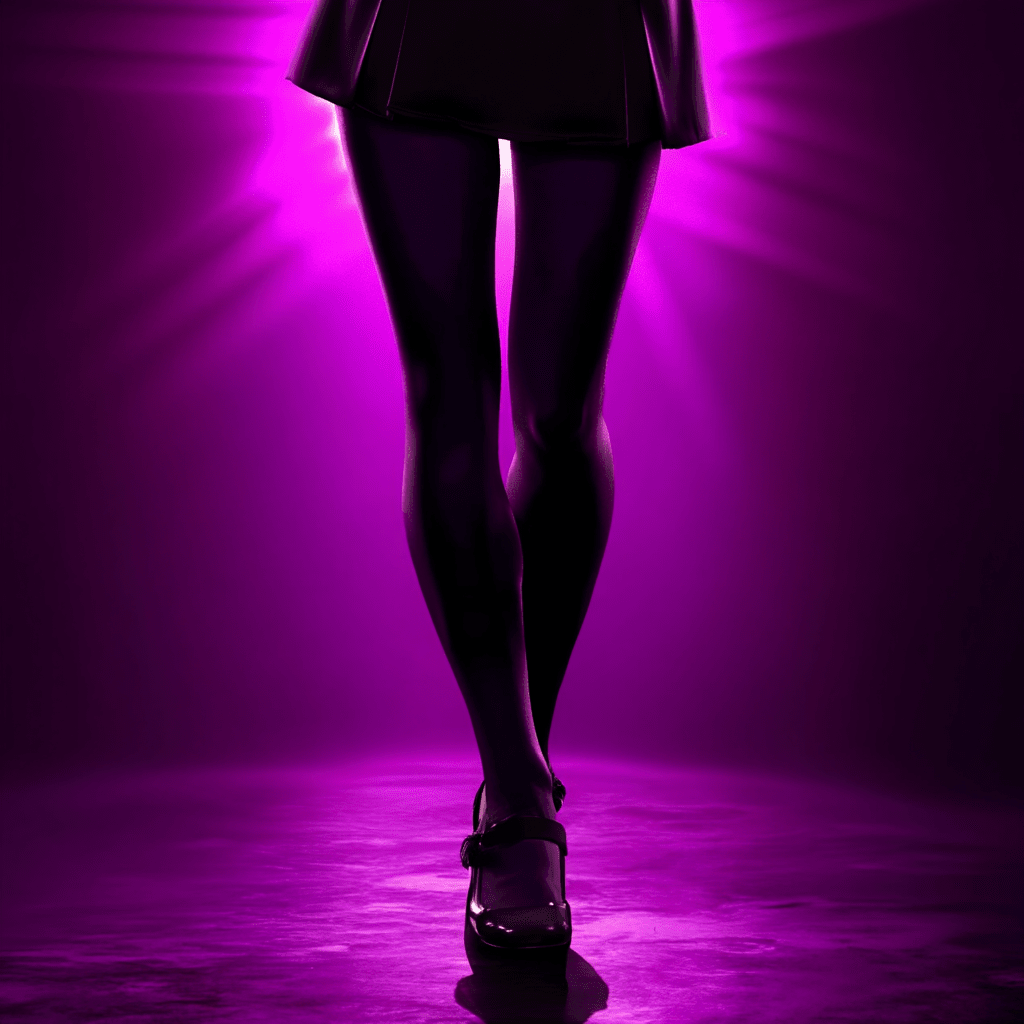What's After the Blog?
History • Blockbusters
The Evolution of Superhero Movies: From Comics to Blockbusters
Discover the captivating journey of superhero movies from comic book origins to blockbuster phenomena and their profound impact on cinema and culture.
February 22, 2024

Movies mentioned in this article
The Evolution of Superhero Movies: From Comics to Blockbusters
Introduction
Superhero movies have become a cornerstone of contemporary cinema, captivating audiences worldwide with their blend of action, drama, and spectacle. This genre’s journey from the pages of comic books to the silver screen is a testament to its enduring appeal and evolving nature. Initially regarded as mere entertainment for children, superhero films have transcended this perception to become a significant cultural and cinematic phenomenon. The evolution of these movies mirrors broader changes in society and technology, reflecting shifting attitudes towards heroism, justice, and morality.
The transformation from niche comic book adaptations to mainstream cinematic phenomena didn’t happen overnight. It was a gradual process, marked by key milestones that redefined what superhero movies could be. Early adaptations like Superman in 1978 and Batman in 1989 began to challenge the notion that superhero stories were just for kids. These films combined serious storytelling, impressive special effects, and a more sophisticated approach to character development. They paved the way for a new era of superhero cinema, where complex narratives and character arcs were just as important as action sequences.
The Early Days of Superhero Films
The genesis of superhero films can be traced back to the serials of the 1940s, like “Batman” (1943) and “The Adventures of Captain Marvel” (1941). These early adaptations were straightforward translations of their comic book counterparts, designed to entertain rather than to explore complex themes or character depth. However, they laid the groundwork for the superhero genre, establishing many conventions still used today.
“How did early superhero movies stay true to their comic book origins?” During these formative years, filmmakers focused on replicating the visual style and basic plotlines of the comics. Characters like Superman and Batman were portrayed as unambiguous heroes, fighting clear-cut villains in a black-and-white moral universe. The simplicity of these stories was a reflection of the times and the primary audience for these films - children and families looking for escapist entertainment.
These early films also set a precedent for the visual representation of superheroes. The iconic costumes, the emblematic symbols, and the exaggerated action were all derived from the comic books. However, the limitations of technology and budget often meant that these films couldn’t fully capture the grandeur and scale of the comic book world. Despite these limitations, they were cherished by fans and are now considered cult classics, integral to the history of superhero cinema.
The Influence of Comics on Superhero Cinema
The intricate relationship between comic books and their cinematic adaptations has always been pivotal in the evolution of superhero movies. Comics, with their rich narratives and detailed universes, have provided a vast source of material for filmmakers. This influence is evident in the way many superhero films strive to maintain the essence of their comic book origins while adapting to the medium of cinema. The Marvel Cinematic Universe (MCU), for instance, skillfully integrates elements from decades of comic book lore into its films, as seen in The Avengers and Iron Man. Similarly, DC’s adaptations like Wonder Woman and The Dark Knight have brought iconic characters and stories from the pages to the screen, often with a modern twist that resonates with contemporary audiences.
The fidelity of these adaptations to their comic sources varies. Some films choose to stay close to the source material, respecting the established narratives and characterizations beloved by fans. Others take creative liberties, reimagining characters or plots to fit a new context or to offer a fresh perspective. This balance between staying true to the comics and reinterpreting them for the cinematic medium is a delicate one, often sparking debate among fans and critics. However, it’s this dynamic interplay between the comic book and film worlds that keeps superhero cinema vibrant and evolving.
The Rise of the Superhero Genre in the 21st Century
The 21st century marked a significant turning point in the history of superhero films, with the genre rising to unprecedented levels of popularity and critical acclaim. This era witnessed the birth and expansion of the MCU and the reinvigoration of DC’s film universe, leading to superhero movies becoming a dominant force in the entertainment industry. The success of these films is not just a result of spectacular special effects or star-studded casts; it’s also due to their deeper narrative complexity and character development.
Marvel’s Avengers series revolutionized the genre by creating an interconnected universe of films, each contributing to a larger narrative. This approach was not only a technical achievement but also a storytelling innovation, allowing for more elaborate and character-driven narratives. DC’s The Dark Knight trilogy, directed by Christopher Nolan, brought a darker, more realistic tone to superhero films, exploring themes of morality, chaos, and heroism in a nuanced way. These developments marked a shift in how superhero movies were perceived – no longer just popcorn entertainment but a legitimate and artistically significant genre.
The global success of these franchises also opened up the genre to a wider range of stories and characters, leading to more diversity and representation in superhero films. Characters like Black Panther and Captain Marvel represent this shift, offering new perspectives and narratives that resonate with a broader audience. The impact of these films extends beyond the box office; they influence popular culture, fashion, and even political discourse, underscoring the superhero genre’s profound impact on modern society.
Technology’s Role in Shaping Superhero Movies
The advancement of technology has played a monumental role in shaping superhero movies, transforming them into the visually stunning spectacles we see today. “How has technology changed the way superhero movies are made?” This question is at the heart of the genre’s evolution. The development of computer-generated imagery (CGI) and other special effects has allowed filmmakers to bring the fantastical elements of superhero comics to life with unprecedented realism. Films like Avengers: Endgame and Justice League showcase epic battles and otherworldly settings that would have been impossible to depict convincingly in earlier decades. CGI has not only enhanced the visual appeal of these films but also expanded the storytelling possibilities, allowing for more complex and imaginative narratives.
Another technological advancement significantly impacting superhero cinema is the use of motion capture technology. This technique, used in films like Avengers: Infinity War for the character Thanos, enables more nuanced and expressive performances of CGI characters, blurring the line between animation and live-action. The result is a more immersive and emotionally engaging viewing experience.
Superheroes on the Global Stage
Superhero movies have transcended their American origins to become a global phenomenon, resonating with audiences across different cultures and countries. The international appeal of these films is evident in their box office success worldwide. Characters like Spider-Man, Batman, and Wonder Woman are not just American icons but global ones, with fan bases in every corner of the world. “How superhero movies have transcended cultural barriers and gained worldwide popularity?” is a question that underscores the universal appeal of themes like heroism, justice, and the fight against evil.
The globalization of superhero movies has also influenced how these films are made. There is a growing emphasis on including diverse characters and settings to appeal to an international audience. For instance, films like Black Panther and Wonder Woman 1984 feature locations and cultures from around the world, broadening their appeal. The casting choices, too, often reflect this diversity, as seen in the ensemble casts of the Avengers movies.
In conclusion, the rise of superhero movies on the global stage is a reflection of their universal themes and the widespread appeal of their characters. Their ability to resonate across different cultures makes them a powerful force in the global film industry, uniting audiences worldwide through shared experiences and stories.
The Future of Superhero Movies
As we look ahead, the future of superhero movies appears to be as dynamic and promising as ever. The genre continues to evolve, exploring new narratives and technological frontiers. One of the key trends likely to shape the future of superhero cinema is the increasing integration of streaming platforms. With the success of series like The Mandalorian and WandaVision, there’s a growing appetite for long-form storytelling that allows for more character development and complex plotlines. This shift could lead to a diversification of superhero content, with more focus on individual character arcs and less conventional storytelling.
Another trend is the exploration of new genres within the superhero category. Movies like Logan and Joker have already demonstrated that superhero films can successfully incorporate elements of drama and noir, offering a darker and more nuanced take on the traditional superhero narrative. This blending of genres could continue, with superhero films exploring aspects of horror, romance, and even historical fiction.
The future might also see an increased focus on diversity and representation, both in front of and behind the camera. This shift towards inclusivity not only resonates with a global audience but also enriches the storytelling, bringing in a range of perspectives and experiences. The potential for new storytelling techniques, such as virtual and augmented reality, could also revolutionize how audiences experience these films, offering more immersive and interactive forms of entertainment.
Conclusion
The evolution of superhero movies from comic book adaptations to cinematic blockbusters reflects their enduring appeal and the industry’s ability to adapt to changing times. These films have grown from niche entertainment into a cultural phenomenon, influencing not just the film industry but society at large. Superhero movies have become a medium for exploring complex themes, pushing technological boundaries, and bringing people together across the globe.
As we reflect on this journey, it’s clear that superhero movies will continue to be a staple in the world of cinema. Their ability to evolve, to blend artistry with entertainment, and to connect with audiences on a deep and meaningful level ensures their place in the pantheon of cinematic genres. For more insights into the world of movies, including the thrilling realm of superhero films, explore What’s After the Movie (ATM), where you can delve into movie descriptions, end credit scenes, and much more.
Continue reading

What's After the Movie?
Not sure whether to stay after the credits? Find out!
Explore Our Movie Platform
New Movie Releases (2025)
Famous Movie Actors
Top Film Production Studios
Movie Plot Summaries & Endings
Major Movie Awards & Winners
Best Concert Films & Music Documentaries
Movie Collections and Curated Lists
© 2025 What's After the Movie. All rights reserved.

